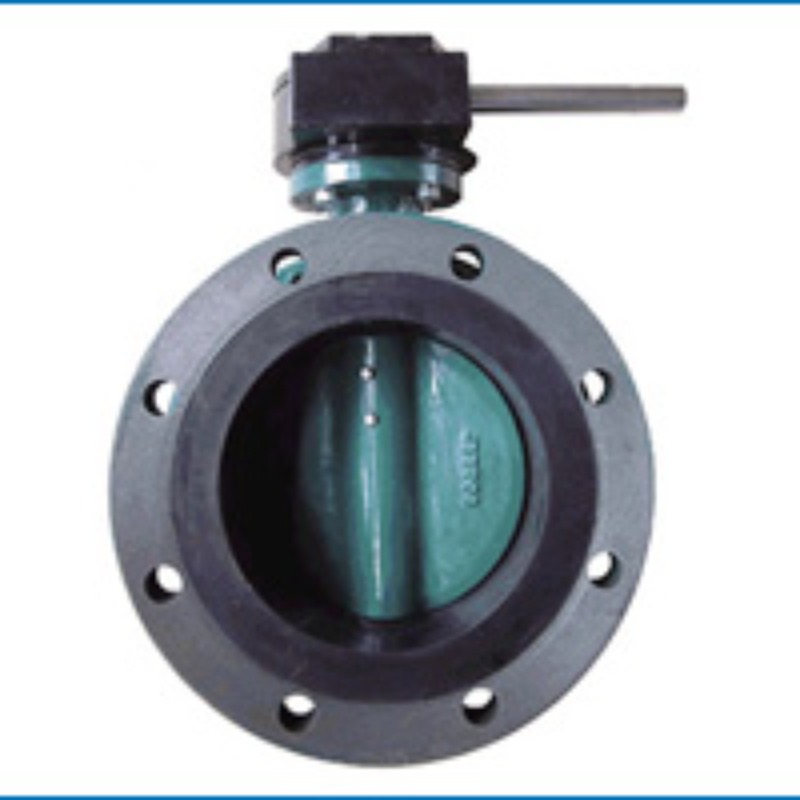វិច្ឆិកា . 11, 2024 14:45 Back to list
basket strainer
Understanding Basket Strainers Essential Components for Fluid Management
In various industries, efficient fluid management is pivotal for maintaining operational integrity and equipment longevity. Among the myriad of components that aid in fluid control, basket strainers stand out as vital tools for filtering and protecting systems from unwanted debris and contaminants.
What is a Basket Strainer?
A basket strainer is a type of filter designed to trap particulates and maintain the cleanliness of fluid systems. Typically made from materials such as stainless steel, plastic, or bronze, these strainers are constructed with a perforated or mesh basket that captures solids as the fluid flows through. By keeping foreign materials out of pipelines, pumps, and other critical components, basket strainers play an essential role in preventing costly damages and downtimes.
How Basket Strainers Work
The operation of basket strainers is straightforward yet effective. As fluid enters the strainer, it passes through the basket, which offers a filtration mechanism that retains contaminants while allowing clean fluid to continue flowing through. The size of the holes or mesh in the basket determines the level of filtration, making it essential to select the right strainer based on the specific requirements of the application.
Basket strainers are typically installed in pipelines, often before pumps, valves, or other sensitive equipment. This strategic positioning helps ensure that any debris that could cause wear or malfunction is effectively captured. The strainers can be installed in horizontal or vertical orientations, providing flexibility depending on space and system layout.
Benefits of Using Basket Strainers
1. Protect Equipment The primary function of a basket strainer is to protect downstream equipment from damage caused by contaminants. By filtering out dirt, rust, and other particulates, these strainers help extend the life of pumps, valves, and other components.
basket strainer

2. Reduce Maintenance Costs Regular maintenance of fluid systems can be costly and time-consuming. By incorporating basket strainers, operators can reduce the frequency of maintenance stops, resulting in lower operational costs and less downtime.
3. Enhanced Efficiency Clean fluid flow is vital for the efficient operation of equipment. By ensuring that debris is filtered out, basket strainers help maintain optimal flow rates and system performance, improving overall efficiency.
4. Versatility Basket strainers are versatile and can be used in various applications, including water, oil, and chemical processing. They are available in various sizes and filtration ratings, making them suitable for different industries, including petrochemical, food and beverage, and HVAC systems.
Installation and Maintenance Best Practices
To maximize the effectiveness of basket strainers, proper installation and maintenance are crucial. When installing a basket strainer, ensure that it is placed in an accessible location for easy cleaning and inspection. It is important to select a strainer size that matches the flow requirements of the system to prevent excessive pressure drops.
Routine maintenance involves checking the strainer for clogs and cleaning or replacing the basket as needed. The frequency of maintenance will depend on the application and the amount of contamination present in the fluid.
Conclusion
In summary, basket strainers are essential components for any fluid management system. Their ability to protect equipment, reduce maintenance costs, enhance efficiency, and provide versatility makes them indispensable in various industrial applications. By understanding their function and implementing proper installation and maintenance practices, operators can ensure the longevity and reliability of their fluid systems. Whether in a chemical plant, water treatment facility, or HVAC system, basket strainers serve as a crucial line of defense against contamination and wear.
Share